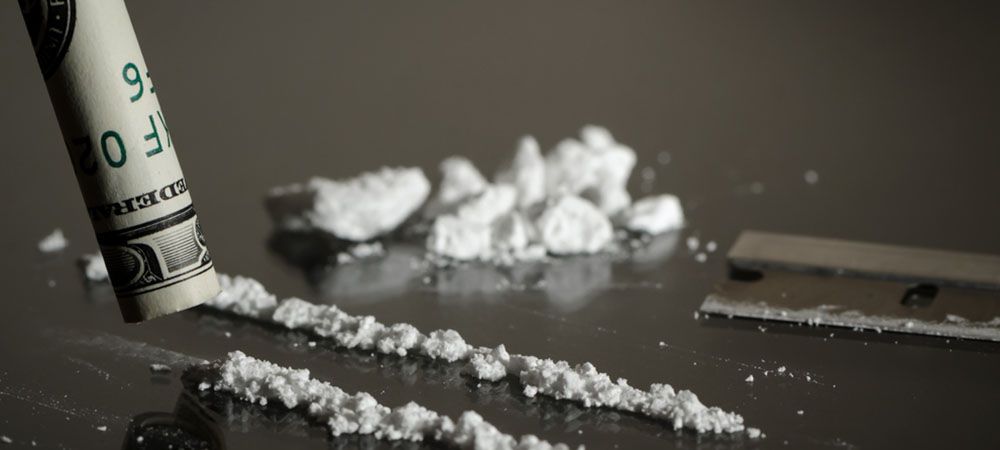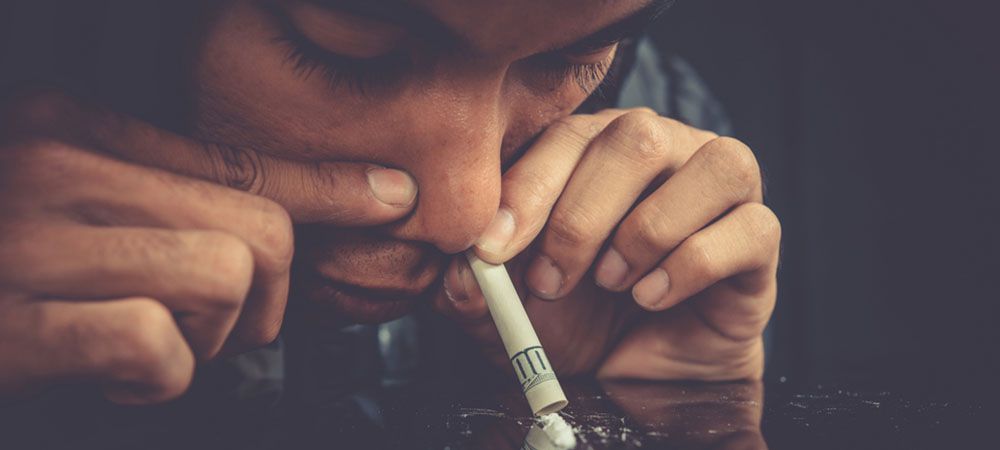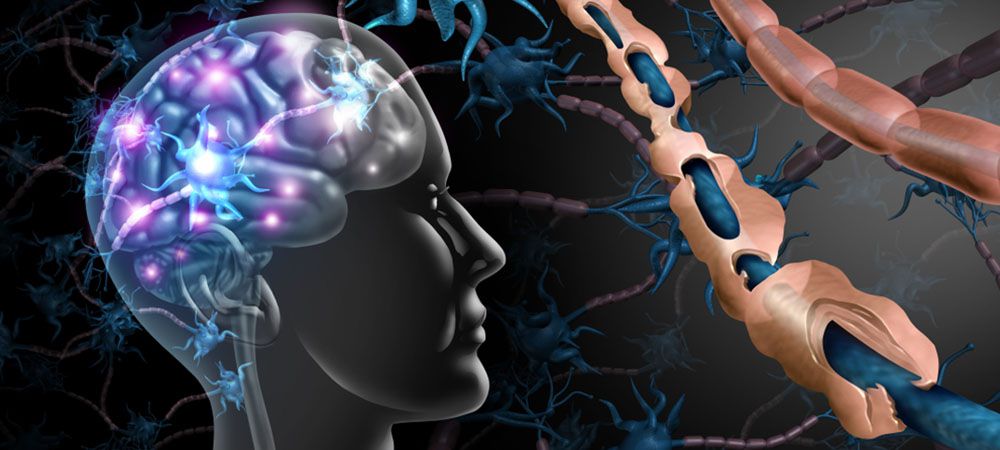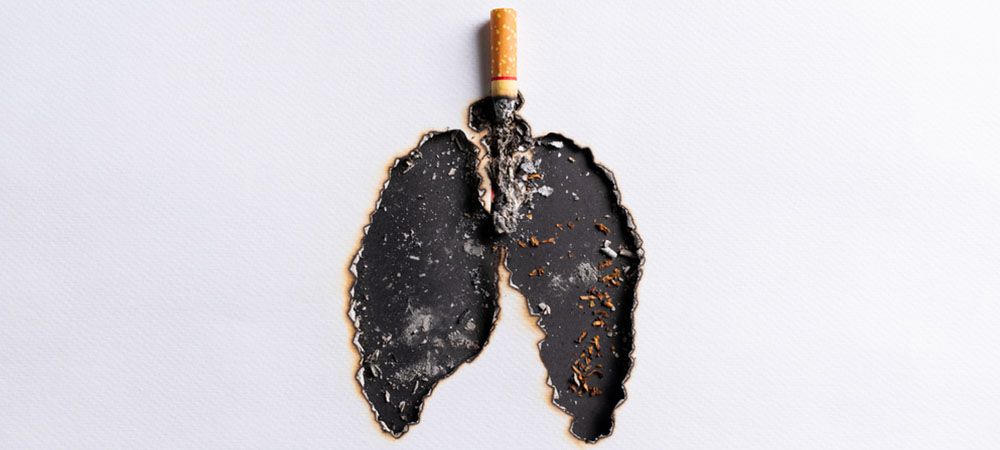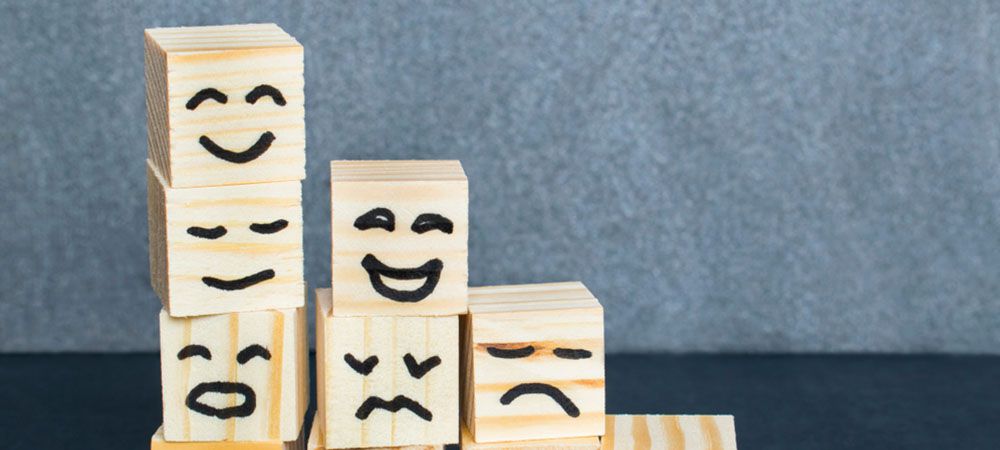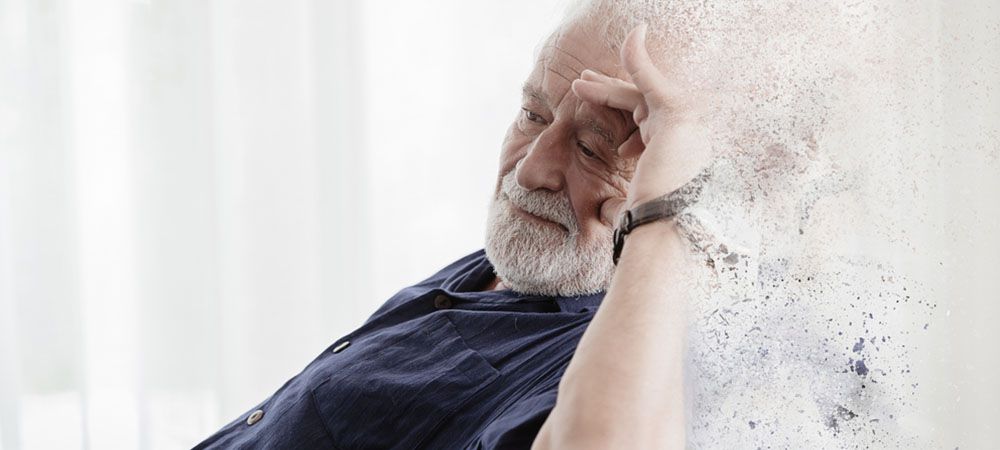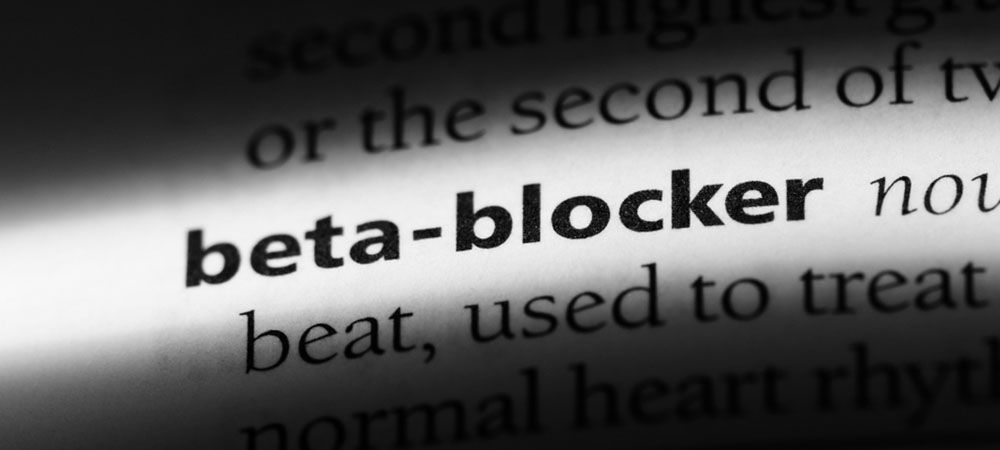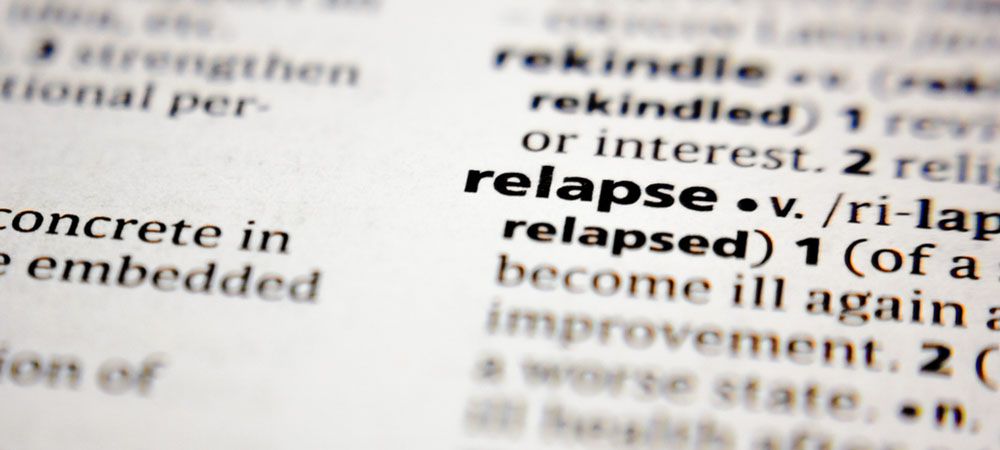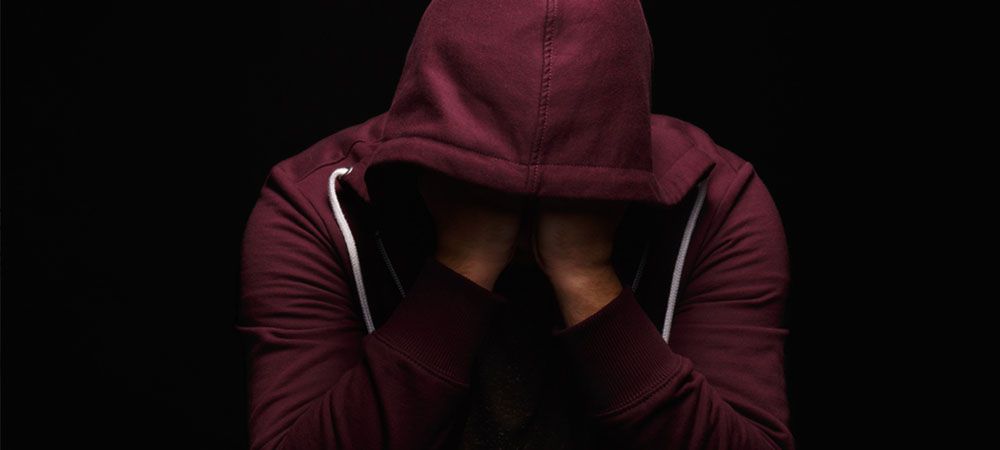Are you wondering how to recognize marijuana addiction? Are you or a close friend or relative showing symptoms of marijuana addiction? Well, you may never be too sure unless you can recognize the symptoms of addiction.
Not everyone understands the adverse health effects of abusing marijuana. This is because there are no active studies or education about the side effects of cannabis consumption. However, the one thing we can be sure of is that cannabis usage is widespread.
According to a survey on marijuana and cannabis consumption among adults in the past three months in Canada, 24 percent of Canadians between the ages of 15 to 24 consume cannabis. While Canadians aged 25 to 34 who abuse marijuana amount to a total of 25.6 percent. From this, it’s evident that cannabis usage is prevalent among young adults compared to older adults.
Typically, marijuana possesses a stunning reputation for being somewhat harmless. However, marijuana, like any other drug, can lead to addiction. Medical professionals refer to this addiction as — marijuana use disorder.
Although, marijuana is medicinal and also useful for recreational purposes. However, continuous usage or consumption of cannabis may lead to addiction. But knowing the symptoms of marijuana abuse is the first step in finding out your addiction status.
Furthermore, the first step towards any addiction recovery is accepting you have a problem with alcohol or drugs. Generally, it’s tough to be fair when judging your personal drug use or someone you love dearly.
Typically, your close friend or family may exhibit the symptoms of marijuana addiction or abuse. Also, symptoms of weed abuse often relate to behavioural changes, physical and behavioural changes.
In a nutshell, marijuana addiction combines a whole lot of social, physical, behavioural, and psychological symptoms. Aside from being exclusive to every individual, these signs can also vary accordingly. For instance, it can vary based on the frequency at which you consume marijuana. It can as well vary by your consumption method or the strength of the marijuana.
Ultimately, long-term or consistent use of marijuana can lead to dependence and addiction. Also, it can affect your mental and physical health negatively. Due to this, we at 1000 Islands Addiction Rehab centre have put together tips on how to recognize marijuana addiction and the treatment for marijuana addiction. Before we proceed, let’s take a look at what marijuana addiction is.
What is Marijuana Addiction?
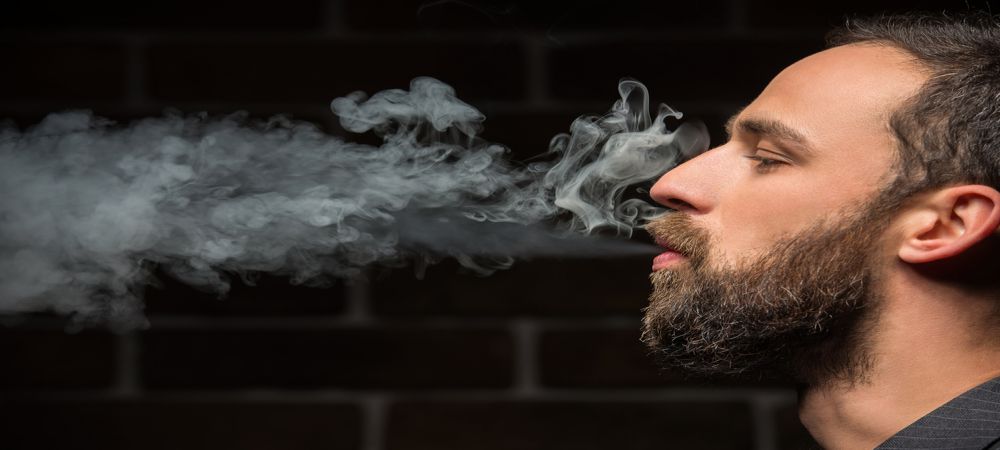
Typically, marijuana is a psychoactive substance capable of altering your perception. It contains tetrahydrocannabinol (THC), the primary chemical compound that stimulates its effects. Furthermore, the effects of marijuana may vary from person to person, depending on the mode of consumption.
A medical professional can easily diagnose marijuana addiction in an individual. However, it’s noteworthy to know that its addiction possesses a significant adverse risk on the individual’s life. People can cultivate a mental dependence on cannabis in the same way they do with other addictions.
When a person uses marijuana, cannabinoid receptors present in the brain become active via the neurotransmitter known as Anandamide. Tetrahydrocannabinol then blocks and mimics the actions of natural neurotransmitters like Anandamide. This extends to the point where your body no longer generates enough Anandamide on its own.
Ultimately, it reprograms your brain to require marijuana to feel normal. When you finally decide to stop giving your body more THC, withdrawal symptoms then kick in. This is a result of a lack of Anandamide in your body. Typically, wanting to quit marijuana usage but not being able to quit is one of the top indicators of marijuana addiction.
Generally, Sativa and Indica are the two (most prevalent types of cannabis plants around. However, the differences between Sativa and Indica cannabis strains vary and are many. Compared to Indica, Sativa strains have different kinds of effects on the mind and body. However, both possess distinct medicinal advantages.
Differences Between Sativa and Indica
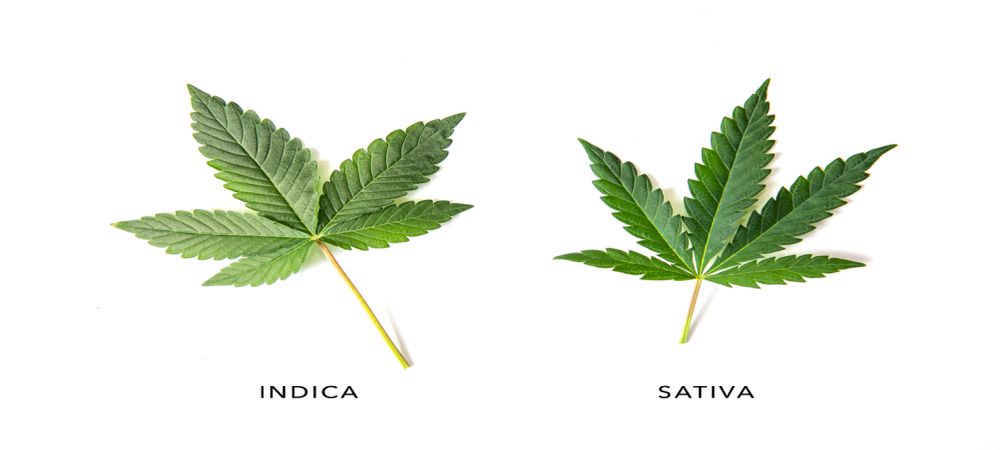
Generally, the usual perception is that Cannabis Indica makes the body high, while Cannabis Sativa often causes the brain high and hyperactive. However, the actual difference between Sativa and Indica is in terms of classification. Ultimately, the two are subspecies of the genus cannabis.
No matter what type of high you desire, both strains are capable of being medically beneficial to you. Indeed, marijuana is a complex plant. However, its ability to create feelings of relaxation, sedation, and calm and boost your energy level is why people choose weed.
Furthermore, sativa is endemic to hotter climates and closer to the tropics in places like Eastern Asia. On the other hand, Indica is more endemic to areas with much colder temperatures. Notably, these climatic differences give the strains their apparent appearance
Related article: Clearing the Smoke on Marijuana: Is It Harmless After All?
How To Recognize Marijuana Addiction
Now that you know the different strains of marijuana, the next step is how to recognize marijuana addiction. This addiction is an insatiable desire to use cannabis no matter the negative outcome. This may mean spending unnecessary funds on affordable drugs or getting high at work. In general, most individuals battling marijuana addiction don’t feel normal unless they are high.
Here’s how to know if a loved one is abusing marijuana:
Consuming Excessive Cannabis
Generally, for every individual who uses cannabis for recreational or medicinal purposes, there’s a preset dosage. Failure to adhere either by wanting to take more or not getting to your satisfactory level shows you’re getting closer to addiction.
Smoking the whole joint when you intend to take a few hits is a sign of addiction. Contrary to most people’s belief that such an act is a sign of prowess. In fact, in the world of treatment for marijuana addiction in Canada, it means a whole different thing. Cannabis addiction is like a portal that leads to other seemingly dangerous addiction problems.
If you’ve been taking more hits than necessary or than you’d like, then it’s better to seek professional help. At Addiction Rehab centre, we offer professional marijuana addiction treatment in Canada at an affordable price.
Inability to Slow Down or Stop Using Marijuana
Maybe you’re working on a new job or school project. Or perhaps your health status demands cutting down on marijuana usage. Either way, there are several reasons why you may need to cut down on cannabis usage.
This is normal. Nevertheless, the problem arises when it’s nearly impossible to cut down your cannabis usage. If it’s evident that you can’t do without taking a daily dosage of marijuana, you have an addiction. Also, your situation may require getting an expert addiction treatment in Toronto or its environment.
How do you rate your conduct at work? Poor, Average, or Good? Do you feel your marijuana use is affecting your work life? For instance, maybe you already have a sack-warning because you keep showing up at work super high again If, in such a situation, you still can’t find a way to cut down your marijuana use. If you continue to consume marijuana against all odds, you’re developing self-sabotage behaviour. Accordingly, this is one of the signs of marijuana addiction.
Spending Too Much Time High
One of the top ways to recognize marijuana addiction is how much time you spend being super high. Typically, how you spend or manage your time is a significant indicator of your marijuana addiction status. If you can stay without weed for days, you may have less to worry about.
Nevertheless, if you spend most of your time getting high, this is a significant danger alert. Cannabis is not a substance you should depend on, nor is it a substance you can dedicate excess time to. Seek professional support ASAP!
Less Physical Activity

Generally, lack of physical activity is one of the typical ways to recognize marijuana addiction. Therefore, to decide whether or not you’re suffering from addiction, evaluate your daily activity.
Normally, individuals suffering from addiction to marijuana often replace their recreational and physical activities with getting high. Most times, they tend to stay high all day long, thus having zero room for physical activities like exercise, etc.
Do you feel your daily routine is slowly moving away from all recreational and physical activities to getting high all day? Well, if that’s the case, it means you’re addicted to cannabis.
Facing Relationship and Lifestyle Problems
Another sure way to recognize marijuana addiction is your conduct. Facing issues caused by your mode of conduct is a significant sign of marijuana addiction. If you tend to get high on weed every time, you may lose control of yourself while being with a friend or partner.
As such, you may begin to lose close friends and family and even your partner with your increased temperament. So, if your obligations and conduct are being altered by weed, then it’s time to quit.
For example, getting high every single time can make you raise your voice on your sweet loving partner. It’s better to put a stop to everything to avoid sabotaging your relationship. However, if you find it challenging to do so, then it is a sign of a broader problem.
Using Weed as a Coping Technique
Using cannabis as a personal coping mechanism is a complete dangerous step to take. There is no world in which marijuana is ideal as a coping technique. Additionally, the solution to relationships and work issues is never to get high. There are other healthy ways to resolve lifestyles and relationship issues.
Evaluate your behavioural pattern. Some times, a sign of marijuana addiction is craving for a hit or a joint when facing real-life problems. Most individuals often feel the only way of dealing with academic, work, or relationship issues is getting high. If that’s the case with you, then you may be suffering from cannabis addiction.
Dependence on Weed for Creativity and Relaxation
Typically, there is no specific study that convincingly proves that marijuana can trigger creativity in you. In the same vein, weed as your only source of relaxation isn’t ideal even though it possesses medicinal properties that help relaxation.
One of the symptoms of weed addiction is the inability to relax or sleep without smoking. Furthermore, if marijuana is a significant part of your creativity period, you may have an addiction without knowing. Also, be aware that marijuana doesn’t contribute in anyways to soothing demeanour.
Using Marijuana as a Determining Factor on Your Outings
Generally, casual or recreational smokers can decide to attend events without thinking of getting high. However, the reverse is the case for individuals battling marijuana addiction.
Most addiction treatment professionals in Toronto agree that addicts often choose events based on whether there’s a chance of getting high or not. If you feel the same way while deciding about your outing, you may be addicted to weed.
Ignoring Your Daily Activities
We all have that one important task we must complete daily, no matter what. However, an addiction to weed may lead you to neglect these crucial responsibilities to get high. In some cases, you may be suffering from a motivational problem. In other cases, you may have an addiction to cannabis without knowing.
So, if you’ve crucial responsibilities daily but unable to see them through like before, you may need to see an addiction expert. Most times, people who experience such issues always have their minds fixed on getting high regardless. However, this issue often occurs when someone experiences psychological addiction to THC or motivation problems.
Marijuana Withdrawal and Tolerance
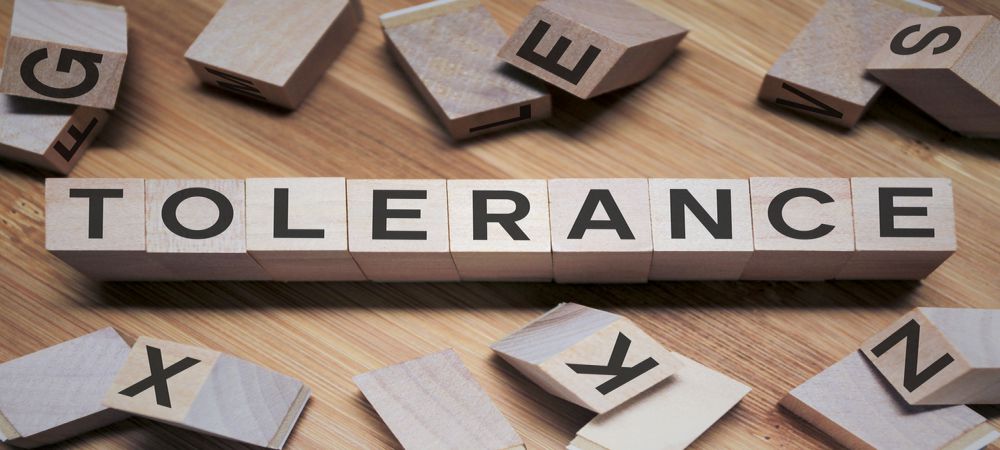
Typically, the continuous use of cannabis often leads to tolerance, just like any other drug. This means your system requires more and more as much as you keep taking the same drug. Therefore, if you’re already feeling unsatisfied with your current level of marijuana use, it means your system is building tolerance to it.
As such, if you start experiencing tolerance or withdrawal symptoms, you may have a marijuana addiction. Typically, some common withdrawal symptoms include anxiety, insomnia, irritability, loss of appetite, etc.
How Long Does Marijuana Remain in the System?
When you consume or introduce weed to your system, there are factors determining how long the weed will remain in the system. An example is THC (Tetrahydrocannabinol), the chemical in marijuana that makes people feel “high.” Although THC’s effects wear off within a few hours of ingesting cannabis, traces of the chemical can remain in the body for weeks.
Smoking weed sparks an exhilarating interaction that leaves a lasting impression in both a literal and figurative sense. Even after consuming marijuana, Cannabinoids and their byproducts remain detectable in the body and often stay well after the sensation wears off.
Although drugs such as alcohol may disappear entirely from the body a few hours after consumption; however, weed lingers much longer. Drug tests can detect Tetrahydrocannabinol, THC, urine, blood, and hair for up to 90 days after use. Nevertheless, saliva tests can only detect THC for a few hours. This is because of the way the body metabolizes THC.
When you smoke weed, THC enters your bloodstream through the lungs. It then moves through the bloodstream directly to the heart and thus circulates throughout the body. Hence, it binds with the CB1 receptors located in the brain, specific organs, and central nervous system. It also binds well with the CB2 receptors in the spleen and immune system. This way, THC gets circulated throughout the body system.
What are the Side Effects of Marijuana Addiction?
Just like any other medicinal product or even drugs, side effects are almost inevitable. This is common with perhaps everything. Below are some of the side effects of marijuana;
- Mood swings
- Slower reaction time
- Fatigue
- Couchlock
- Anxiety
- Lack of coordination
- Cottonmouth
- Slurred speech
- Reddish eyes
- Dizziness
- Increase in appetite
- Lack of coordination, etc.
What are the Possible Treatment Options for Marijuana Addiction?
Knowing how to recognize marijuana addiction is the first step to seeking redemption. As marijuana use is growing by the day, either for recreational or medicinal use, the addiction rate in Canada is growing as well.
On average, adults seeking treatment for cannabis addiction may have used weed for nearly 8 to 10 years. Furthermore, most of them have also tried to quit smoking or consumption of weed more than six (6) times already.
Below are a few treatment options for marijuana addiction:
Cognitive-Behavioural Therapy (CBT)
This is a form of psychotherapy session where you learn different behavioural strategies. Most importantly, you’ll learn techniques to recognize and correct your questionable behaviours. This will help boost your self-control, quit drug use, and address several other issues that often co-occur with them.
Contingency Management
This is a therapeutic management pattern based on regular monitoring of a particular trait or behaviour. It also includes the removal (or provision) of concrete, positive rewards when the trait occurs — or does not.
Motivational Enhancement Therapy
This is a systematic approach to addiction treatment intervention. This approach is specifically designed to create swift, internal changes. In most cases, the therapy doesn’t attempt to treat the individual. Instead, it mobilizes internal resources for growth and obligation in treatment.
Generally, the sooner you start your rehab and therapy counselling for marijuana addiction, the better. Getting ahead of your addiction can significantly alleviate the overall treatment and counselling required. Also, it reduces the likelihood of other substance exposure, drug issues, or risky behaviours. This will decrease the adverse effects substance abuse will have on your lifestyle.
What To Do If You Recognize Marijuana Addiction
With this guide, you can now identify different indicators of marijuana addiction. At 1000 Islands Addiction Rehab centre, we have experts with years of knowledge and experience understanding marijuana addiction and its behaviours. If you or your close friends or family is battling with addiction, check out our marijuana addiction treatment services in Canada.
Related article: Addiction Treatment for Marijuana: Why You Need to Stop Smoking


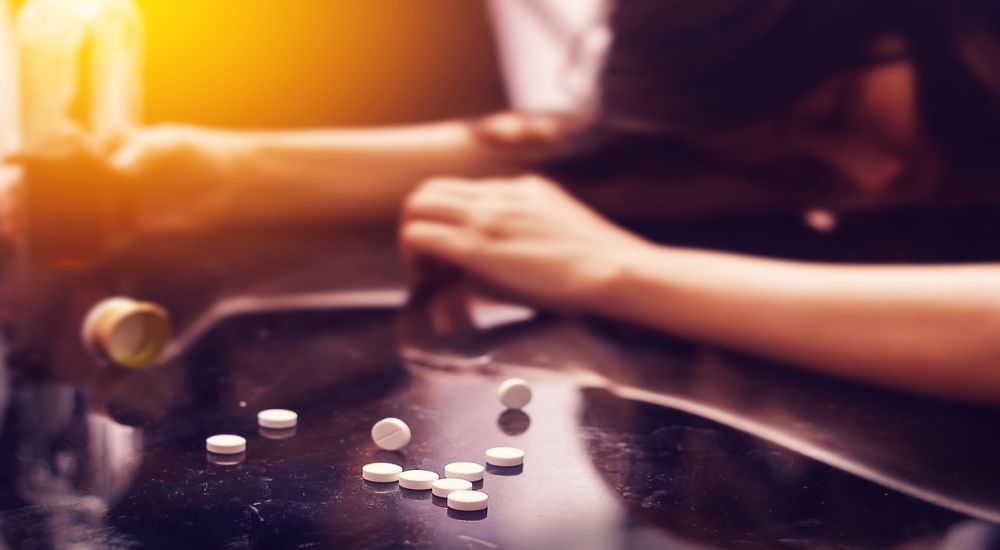
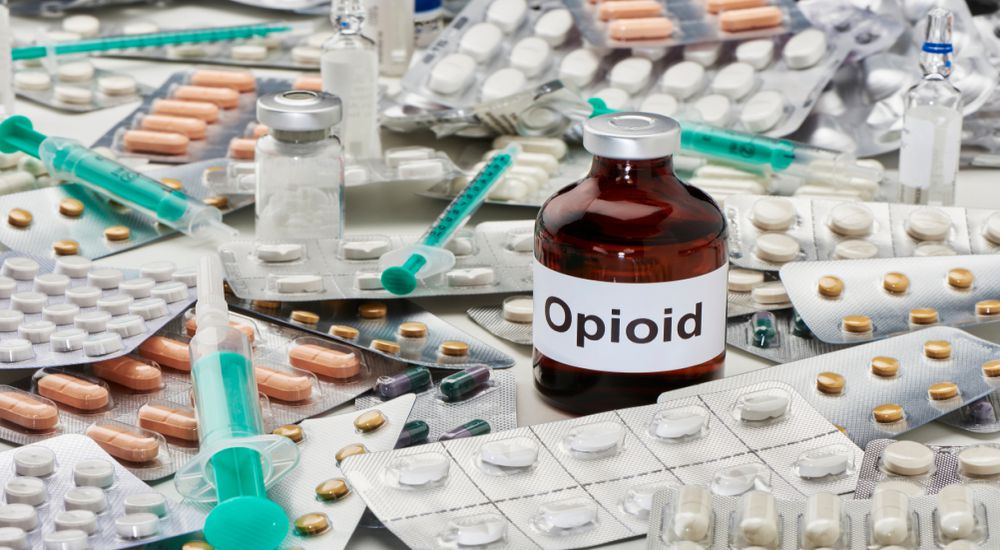
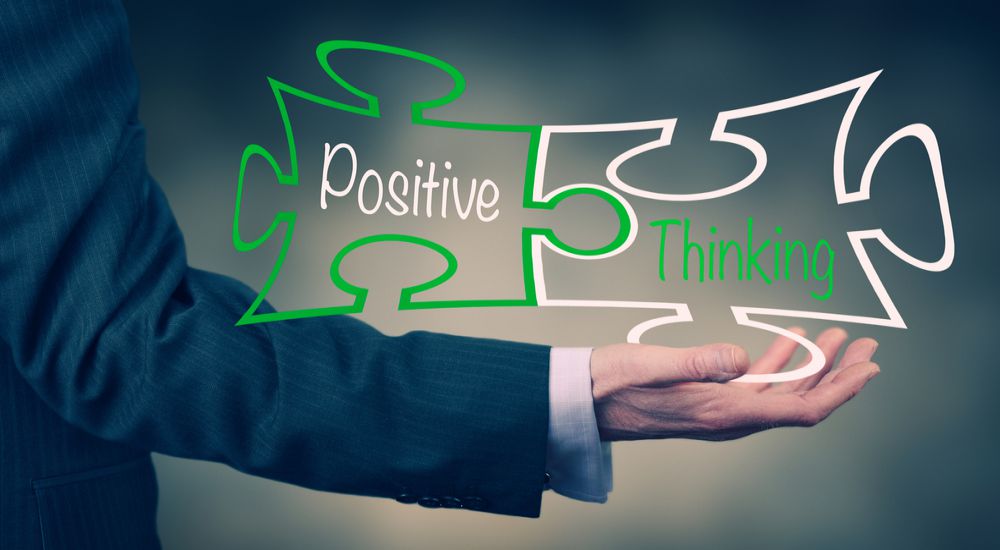

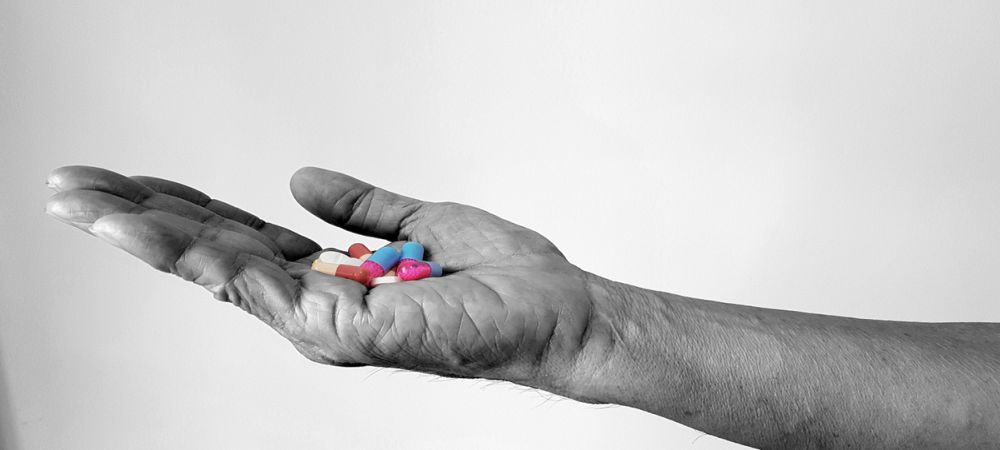








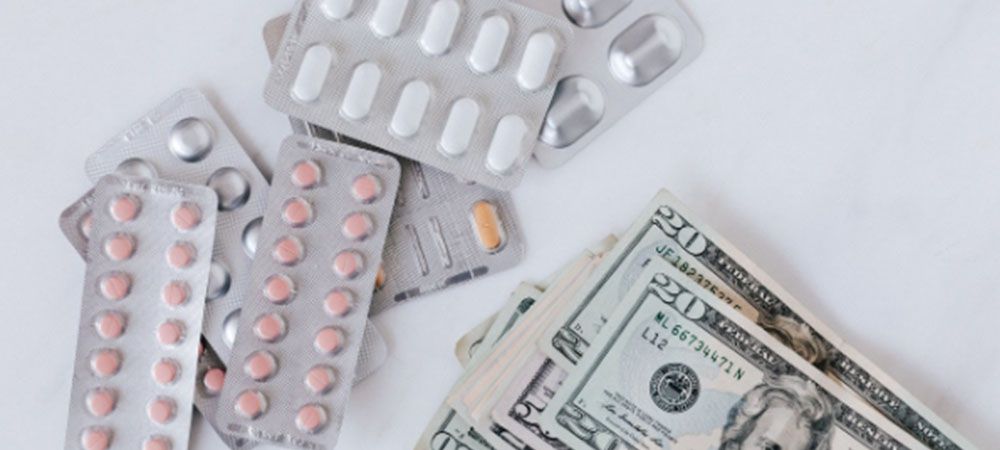



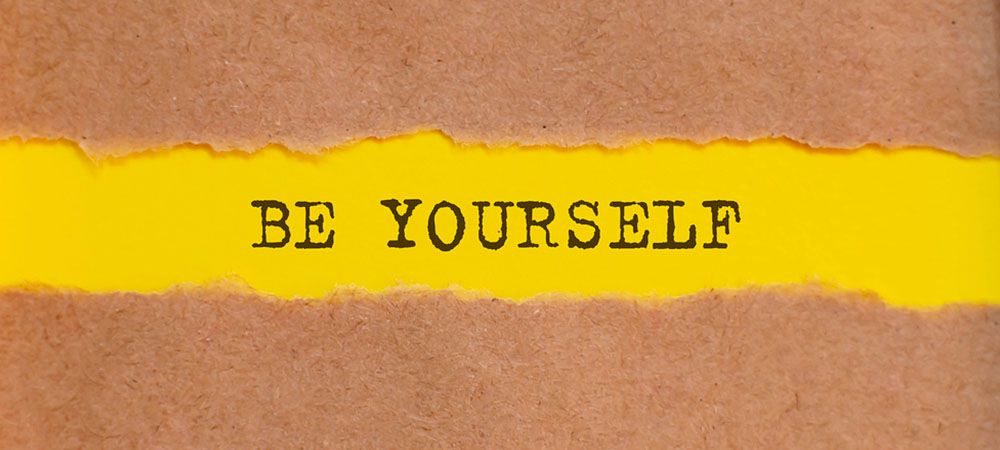


 We have normalized alcohol consumption to the point that alcohol abuse is difficult to recognize in ourselves or in others. So while we may think that we’re just always up for having a good time, we may actually be developing alcohol abuse and dependence issues. When we become so used to seeing our neighbour with a beer that we don’t even notice it, they might already be an alcoholic without even realizing it.
We have normalized alcohol consumption to the point that alcohol abuse is difficult to recognize in ourselves or in others. So while we may think that we’re just always up for having a good time, we may actually be developing alcohol abuse and dependence issues. When we become so used to seeing our neighbour with a beer that we don’t even notice it, they might already be an alcoholic without even realizing it.







